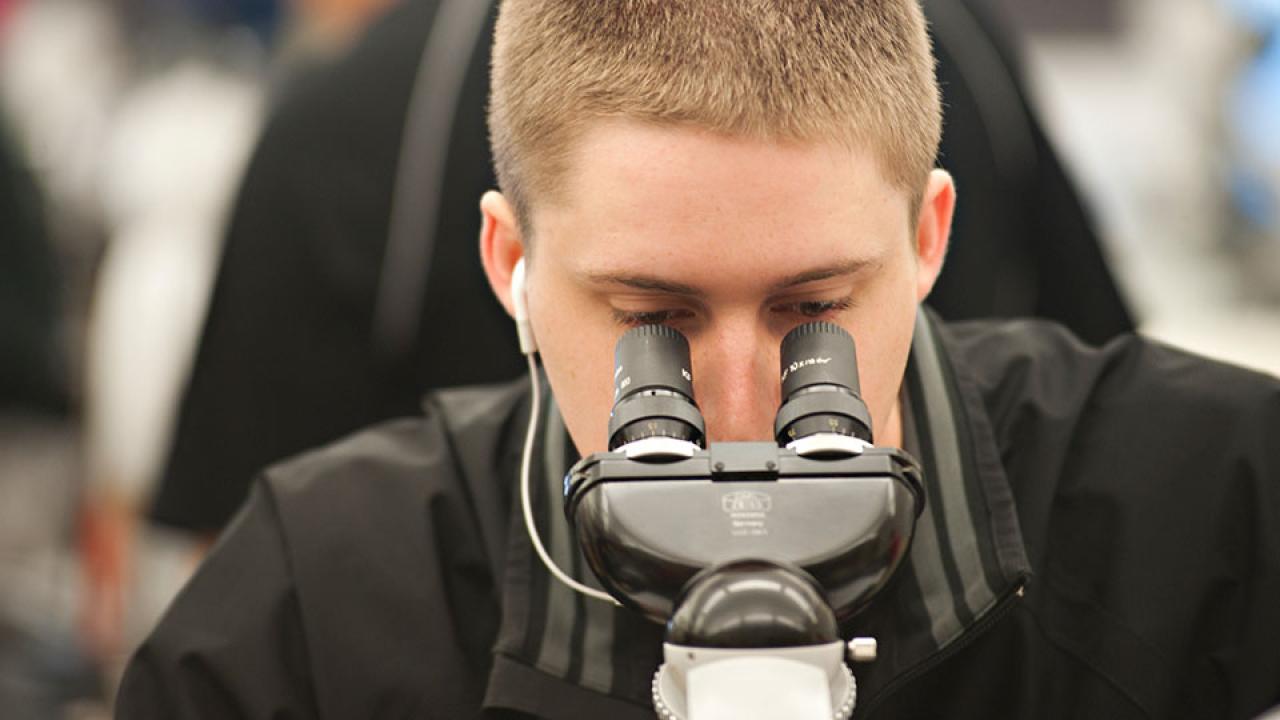From spectrometers to drying kilns, UC Davis is investing about $2.8 million to repair, replace or add instructional equipment — most of it to be ready for fall 2017.
Ken Burtis, interim provost and executive vice chancellor, announced last month that the campus was providing $2 million — two years of funding upfront — through the instructional equipment funding program established this budget year. Colleges and divisions have committed $833,000 in matching funds.
“This investment is critical to continue to provide an exceptional learning experience for our growing numbers of students,” Burtis wrote in a March 23 letter to college deans and vice deans.
Courses serving a total of more than 40,000 enrollees will benefit from the use of new equipment, he said in the letter.
“The thing I like best about this initiative is the number of students it impacts,” said Matt Traxler, associate vice provost for Undergraduate Education and chair of the committee that reviewed funding proposals from the colleges and divisions. “We immediately change the student experience,” he added.
The colleges and divisions made requests totaling $3.4 million. The campus is funding the units’ top priorities and then some. Among the hundreds of items approved:
- The single most expensive piece of equipment is a $150,000 microwave-assisted plasma-atomic emission spectrometer for the Department of Chemistry. This upgrade in technology will allow faculty to design new experiments that modernize the curriculum and expose students to techniques used in graduate programs and industrial labs.
- A $42,000 electroporation system used to transport DNA into cells will allow students to apply modern genetic tools to microbes.
- A campus contribution of $80,000 will help the Department of Theatre and Dance replace old rigging to more safely and efficiently move, support and secure overhead lighting, scenery, speakers, drapery and more at the Main Theatre in Wright Hall.
Traxler said some of the motivation for the funding program came out of the process that reviews each academic program every seven years. “Reviews were producing reports that suggested we needed to pay attention to the teaching labs,” he said.
